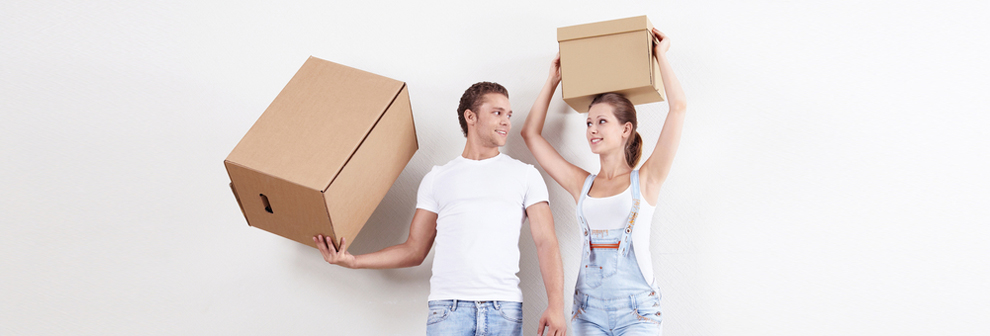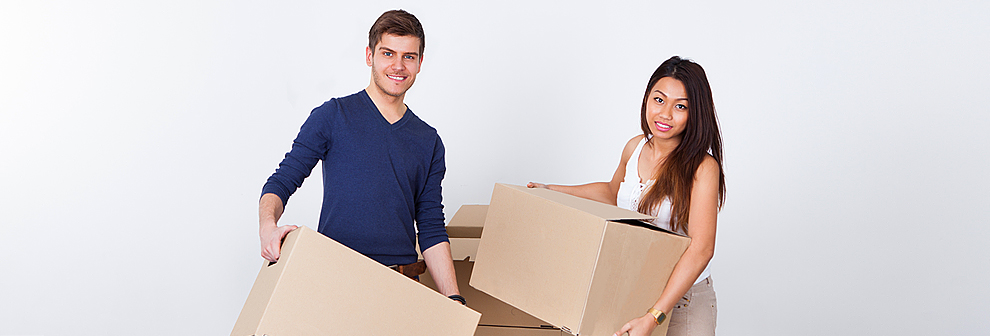Safe Transfer Methods for Treasured Goods
Posted on 01/10/2025
Safe Transfer Methods for Treasured Goods
Ensuring the safety of valuable items when transferring them from one location to another is of paramount importance. Whether it's family heirlooms, expensive electronics, or sensitive documents, improper handling can lead to significant financial loss or emotional distress. This comprehensive guide will explore various safe transfer methods for treasured goods, emphasize the essential precautions to take, and introduce best practices to follow.
Understanding the Nature of Treasured Goods
The first step in ensuring the safe transfer of valuable items is understanding the nature of these goods. Treasured items can include:
- Jewelry and gemstones
- Antiques and artwork
- Electronics like laptops, smartphones, and cameras
- Important documents such as wills, deeds, and certificates
- Collectibles such as coins, stamps, and rare books
Each category requires specific handling and packaging techniques to ensure it arrives at its destination without damage.

Choosing the Right Packaging Materials
Proper packaging is crucial for the safe transfer of valuable goods. The right materials can prevent scratches, breaks, and other forms of damage. Here are some recommendations for various types of items:
Jewelry and Gemstones
Jewelry should be placed in padded jewelry boxes or pouches. To avoid tangling, wrap chains individually in tissue paper or cloth. Use bubble wrap or foam padding to provide extra protection before putting the items into a sturdy, hard-sided box.
Antiques and Artwork
For paintings and prints, use corner protectors and sandwich the artwork between two pieces of rigid cardboard. Wrap sculptures and fragile antiques in multiple layers of bubble wrap and place them in a box filled with packing peanuts or foam inserts.
Electronics
Original packaging is always the best option for electronics. If that's not available, use antistatic bubble wrap, foam, and corrugated cardboard boxes. Ensure the item is snug and secure within the box to prevent movement during transit.
Hiring Professional Movers
For particularly valuable or sensitive items, hiring professional movers can be an excellent option. These experts are trained in the best practices for handling and transporting valuable goods. Here's what to look for when choosing a moving company:
- Experience and expertise in handling valuable items
- Proper licensing and insurance
- Positive reviews and testimonials from previous clients
- Transparent pricing and detailed contracts
Utilizing Security Services
When transferring items of exceptionally high value, consider using security services to ensure their safe delivery. Security companies offer various levels of protection, from basic surveillance and transit monitoring to armed escorts and secure transportation vehicles.
Insuring Your Valuables
No matter how carefully you plan and execute the transfer of valuable goods, there's always a risk of unforeseen events. Insuring your items provides a financial safety net in case of loss or damage. Here are some tips for insuring your treasures:
- Get an appraisal for high-value items to determine their worth
- Choose an insurance policy that covers the full value of the items
- Understand the terms and conditions, including any exclusions and deductibles
- Keep detailed records, including photographs and descriptions of the items
Tracking and Monitoring Your Shipment
Modern technology provides numerous tools to track and monitor the transfer of valuable goods. From GPS tracking to real-time monitoring systems, these tools offer peace of mind and help ensure the safety of your items. Here are some options to consider:
- GPS trackers hidden within the package
- Shipping services that offer real-time tracking and updates
- Smart sensors that monitor environmental conditions, such as temperature and humidity
- Security cameras or video surveillance during the loading and unloading process

Implementing Best Practices for Safe Transfer
In addition to the methods mentioned above, there are some best practices you can implement to further safeguard your treasured goods during transfer:
Label and Inventory Items
Clearly label all packages and create a detailed inventory of the items being transferred. This helps ensure that nothing is lost or misplaced during transit and provides a reference for insurance claims if needed.
Avoid High-Risk Times and Routes
Plan your transfer to avoid high-risk times and routes. Peak traffic times, hazardous weather conditions, and high-crime areas can increase the risk of loss or damage. Choose the safest and most efficient route possible.
Secure Transfer Vehicles
Ensure that the vehicles used for transfer are in good condition and equipped with security features, such as alarms and tracking systems. For long-distance transfers, consider using climate-controlled vehicles to protect sensitive items from extreme temperatures.
Personal Supervision
If possible, supervise the transfer process personally or assign a trusted individual to oversee it. Having someone present who is familiar with the items can help ensure that they are handled and transported with care.
Conclusion
Transferring treasured goods safely requires careful planning, the right materials, and sometimes professional assistance. By understanding the nature of your valuable items, choosing appropriate packaging, and considering additional security measures, you can significantly reduce the risk of damage or loss. Whether you're moving heirlooms, electronics, or important documents, following these guidelines will help ensure that your treasured goods arrive safely at their destination.
Remember, the goal is not just to move items from point A to point B, but to do so in a way that preserves their value, integrity, and significance. With the right approach, you can achieve a successful and stress-free transfer.



















